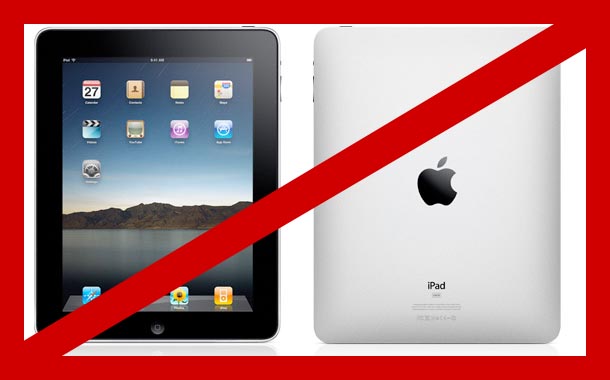Read an article on digitalonto.com from December 11th, 2011. It addresses the question: Are innovators born or made? Surely there is something a bit “different” about the super-innovative people in the world. Often I have found that creative and artistic people see things differently and are sometimes seen as strange or quirky. Whether or not innovation and creativity can be taught is still a question, but here are 5 principals of innovation that are present in almost all successful innovations.
1. Think Small
A small idea has potential to grow into something phenomenal. Thinking too big can lead to enormous and daunting goals and wishes that never come to fruition.
2. Disruptive innovations are crappy
Disruptive innovations strive to change an entire industry or create a new market. The problem is, they often take something and simply dumb it down. It targets consumers who are looking for products that are superior to existing products in some ways while eliminating some of the ‘extra’ functionality that they may not need. Sometimes these innovations take products and make them “good enough”.
3. Innovation is combination
Innovative products usually take flight when they are coupled with or take advantage other products or services. The Apple eco-system is a great example of products that started with iPods and now stretches out to iPhones, Apple TVs, iPads, and more; all linked via iTunes and the Apple AppStore.
4. Passion and perseverance are key
People who introduce successful innovations have to be passionate about their ideas. To take something that is completely new and attempt to introduce it to people as something they need requires an amount of love and confidence in the idea. The fact that many other people will say it will never work or will deny the opportunity means that perseverance is crucial too. Without the will to persevere in implementing the idea a person is passionate about, innovation cannot survive.
5. The 70/20/10 portfolio
Simply stated:
-Put 70% of innovation efforts toward taking the competition’s money
-Put 20% of innovation efforts toward taking somebody else’s money (a customer or supplier)
-Put 10% of you innovation efforts toward creating something new and cool
Be sure to stop at Digitaltonto.com to read the entire article:
5 Principals of Innovation


